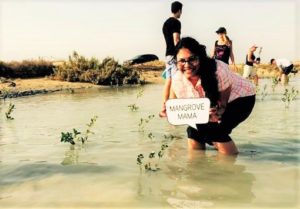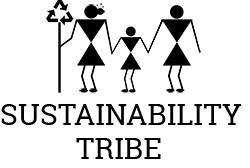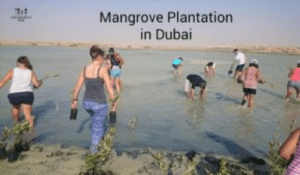Click here to read here a guide to UAE’s mangroves!
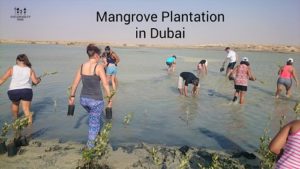
Last week when I came to know about the mangrove planting event in Dubai, I grabbed the volunteering opportunity. I have planted trees before many time, but it was my first mangrove plantation experience. The event was organized by EMEG (Emirates Marine Environmental Group) and PATT Foundation, a Thailand based reforestation foundation.
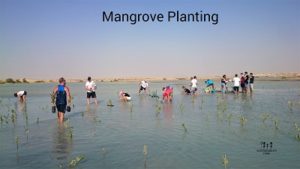
Mangrove Planting in Dubai
As we all arrived at EMEG Ghantoot reserve, where we could see mangroves around us and ocean at a short distance, we were all transported to the plantation site. After the demonstration, we were ready to plant 1-year-old Avicennia Marina, a species of mangrove tree in the silky sand under water in the mangrove. We were told to plant the shrubs at least 1 meter apart. By digging the silk sand, inserting the roots, covering and then pressing it to fix it, that was all that easy. These are important instructions, you need to follow when you are planting mangrove so that they can sustain and grow into a mangrove forest. The group planted total 1000 plants. Luckily there was a breeze coming from the sea so it was not very hot on that particular August afternoon.
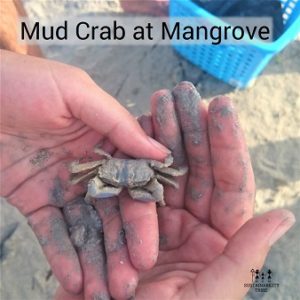 During planting we came across mud crabs, those were tiny cute things, when they crawl on your hands it tickles. Hannah from EMEG told us about mangrove crabs, which can climb on a mangrove tree. There were other insects and worms too. No doubt mangroves are habitat for birds too, they have so much food there. Mangroves are a natural habitat for 75% of all tropical juvenile commercial fish species. Though the planting mangroves were little messy activity, it was great fun. This definitely is a great educational eco-activities for families with kids.
During planting we came across mud crabs, those were tiny cute things, when they crawl on your hands it tickles. Hannah from EMEG told us about mangrove crabs, which can climb on a mangrove tree. There were other insects and worms too. No doubt mangroves are habitat for birds too, they have so much food there. Mangroves are a natural habitat for 75% of all tropical juvenile commercial fish species. Though the planting mangroves were little messy activity, it was great fun. This definitely is a great educational eco-activities for families with kids.
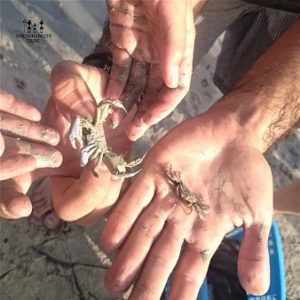
How can mangroves fight Climate Change?
Avicennia Marina is also known as gray mangrove. Their aerial roots allow the plant to absorb oxygen, which is deficient in its habitat. It has very high saline tolerance as well as high sun, wind, pest and disease tolerance. It means these mangrove plants don’t need fresh water or irrigation, or any maintenance; natural salty sea water is sufficient for them to thrive.
 |
| Avicennia Marina |
Avicennia Marina captures carbon dioxide (CO2) from the atmosphere and stores them as carbon. This process is called carbon sequestration, and it helps control global warming by reducing CO2 levels in the atmosphere. Therefore mangroves act as Carbon Sink! These carbon storing mangroves (whole system of plants, water body, soil) are also called Blue Carbon Ecosystems. Abu Dhabi’s Environmental Agency has demonstrated building a Blue Carbon project.
UAE is blessed with many khors- lagoons, marshes, and mangroves. Some of them are developed or damaged or relocated and some of them are conserved. Mangroves are not only beneficial to keep the balance of the local ecosystem but also to reduce the carbon footprint of UAE, this prompts the need to plant more and more mangroves and arrange many such events.
| After planting 1000 mangroves |
